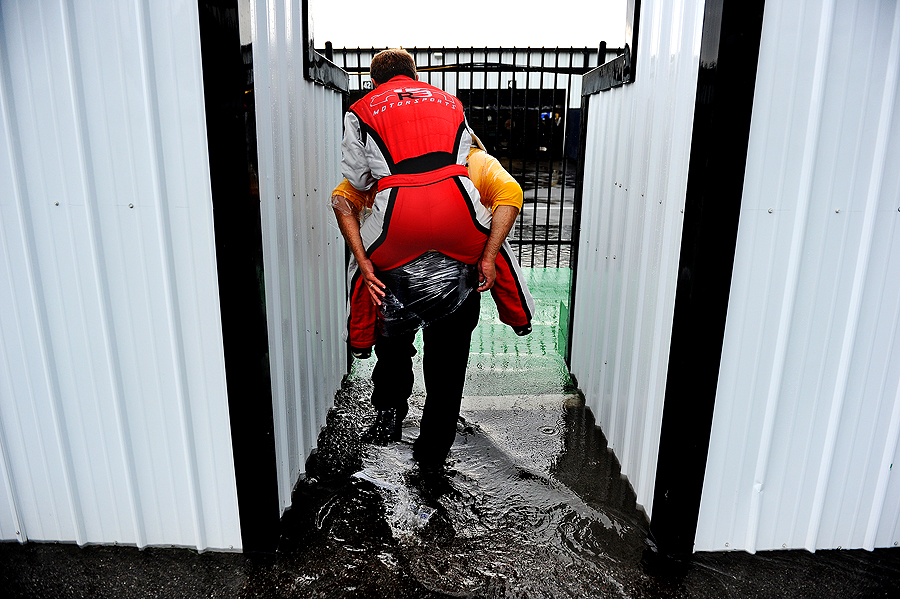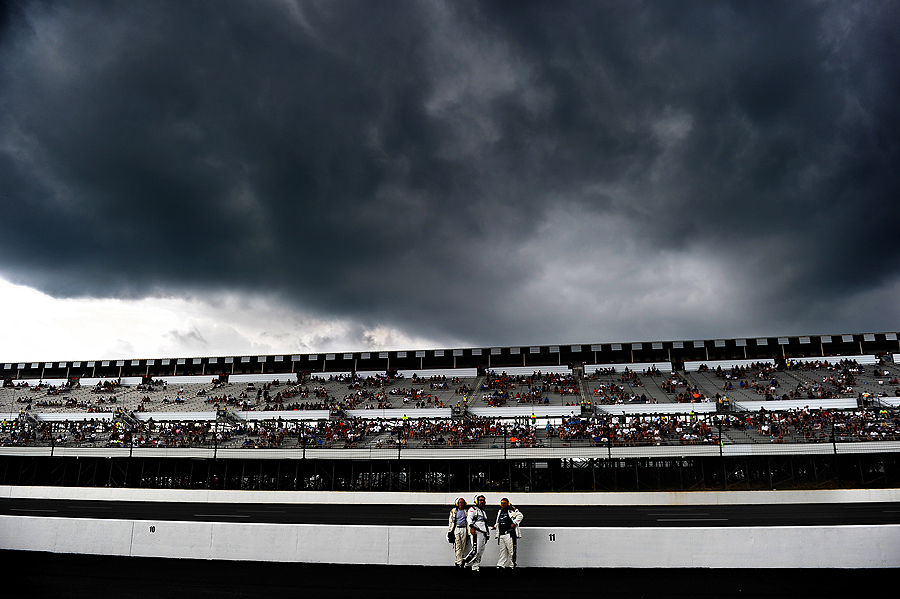Solemn return
 "A U.S. Army soldier shuts the door of the transfer vehicle as flag-draped transfer cases lay secure containing the remains of five U.S. Army and U.S. Navy soldiers, during a dignified transfer at Dover Air Force Base, on August 19, 2012 in Dover, Delaware. Those killed were serving in the U.S. Army in support of Operation Enduring Freedom in Afghanistan during a Black Hawk helicopter crash, which was one of the deadliest air disasters in the nearly 11-year-old war. Among them killed and part of this dignified transfer were: U.S. Army Chief Warrant Officer 3, Brian D. Hornsby, U.S. Army Chief Warrant Officer 2, Suresh N. A. Krause, U.S. Army Spc. James A. Justice, U.S. Army Spc. Richard A. Essex, and U.S. Navy Petty Officer 1st Class Sean P. Carson."
"A U.S. Army soldier shuts the door of the transfer vehicle as flag-draped transfer cases lay secure containing the remains of five U.S. Army and U.S. Navy soldiers, during a dignified transfer at Dover Air Force Base, on August 19, 2012 in Dover, Delaware. Those killed were serving in the U.S. Army in support of Operation Enduring Freedom in Afghanistan during a Black Hawk helicopter crash, which was one of the deadliest air disasters in the nearly 11-year-old war. Among them killed and part of this dignified transfer were: U.S. Army Chief Warrant Officer 3, Brian D. Hornsby, U.S. Army Chief Warrant Officer 2, Suresh N. A. Krause, U.S. Army Spc. James A. Justice, U.S. Army Spc. Richard A. Essex, and U.S. Navy Petty Officer 1st Class Sean P. Carson."I once again had the great honor of covering of dignified transfers at Dover Airforce base.
While not apparent to me at the time, I took the time to read articles online about those that lost their lives at the cost of war during this solemn return.
Those fallen in this dignified transfer were some in a U.S. military helicopter crash during a firefight with insurgents in a remote area of southern Afghanistan - which killed seven Americans and four Afghans. From what I've gathered, it was one of the deadliest air disasters of the 11-year war, and at least 1,961 U.S. service personnel have been killed in Afghanistan since the start.
I thank the families of the fallen for allowing the media to photograph these transfers, as it's important not only to them, their communities, but everyone reading the news the next day.







